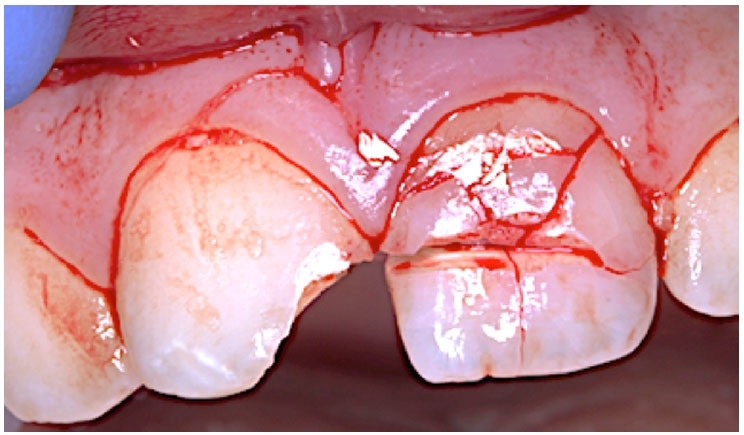
The literal meaning of the word emergency is a situation posing an imminent risk to life, health, property, or environment requiring immediate intervention.
The phone rings at your office and the caller (in my case a child’s parent) has a tale of woe, such as a toothache, trauma to the mouth from a fall or a sports incident, a lost filling, a tooth coming in behind another tooth, a loose bridge or crown, an avulsed tooth, or any of a variety of other assorted issues.
If you’re a new dentist, you’re thinking, “Yeah! A patient.” If you’re an established dentist in the middle of a fully scheduled day, you may be thinking “Darn! That’s all I need.” Big mistake!
If these callers already are patients, they are part of your practice’s “family,” so you should do whatever necessary to accommodate the situation. Even if, after listening to their story, and the situation is no big deal in your judgement, remember, it is a big deal for them. The popcorn stuck between the teeth is an example of a common occurrence that, although not serious, is still uncomfortable for the patient.
Sometimes the person has been referred by another dentist or by an existing patient. Other times, the individual may have been given your name by your local dental society or even found you in the phone book.
A new patient emergency is an opportunity to bring a new patient and perhaps a family into your practice. You have to find a way to work these patients into your schedule, as long as they understand they may have to wait longer than usual.
Here is my general modus operandi for a patient emergency visit:
- Implement triage principles—decide what to do first, then next, etc, and who does it. Relieve pain and stop any bleeding. First things first. For example, in the case of an avulsed tooth, get the tooth back into the socket as quickly as possible.
- Document everything with photos, radiographs, and physical observation notes. This is your baseline.
- You and your dental team should use your best bedside manner to allay the anxiety and fears the patient is experiencing. This is especially important when dealing with young children and their parents, where the level of excitement is high. You and your staff are the calming force in the room.
- In the case of children, make certain you obtain written consent from the parent for any proposed treatment.
- When formulating your treatment, you must consider here and now remedies as well as the long-term ramifications. It might be easier to extract avulsed anterior teeth in a 3-year-old child, for instance. But by re-implanting and splinting them, you preserve alveolar bone and avoid the negative psychological effect of missing front teeth on the young child.
- In regard to charges for emergency dental care, it has been my experience that the patient is not always prepared to pay for the treatment. Obviously, ethics and propriety mandate that you move forward with the treatment, regardless.
- Make sure you schedule a post-op visit to assess progress, remove sutures, and plan long-term follow-up treatment if necessary.
The emergency dental visit is often the beginning of a beautiful dentist-patient relationship. Don’t pass up the opportunity.
Dr. Berman is an internationally recognized pediatric dentist with a career as a successful practitioner and as a popular world-class lecturer spanning more than 5 decades. He has been an ambassador for dentistry as a health reporter on CBS (News Radio 78) and via media appearances as a consumer advisor for the ADA, the Chicago Dental Society, and the Academy of Pediatric Dentistry and as co-author of Essentials of Modern Dental Practice. He has published numerous articles and is a member of many professional and service organizations including honorary membership in the Hinman Dental Society. He can be reached at marvy18@me.com.
Related Articles
Traumatic Dental Injuries: Emergency Assessment and Treatment
Smartphone App Helps Identify Dental Emergencies
Adherence to Guidelines After Dental Trauma Ensures Positive Outcomes











